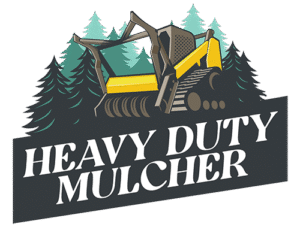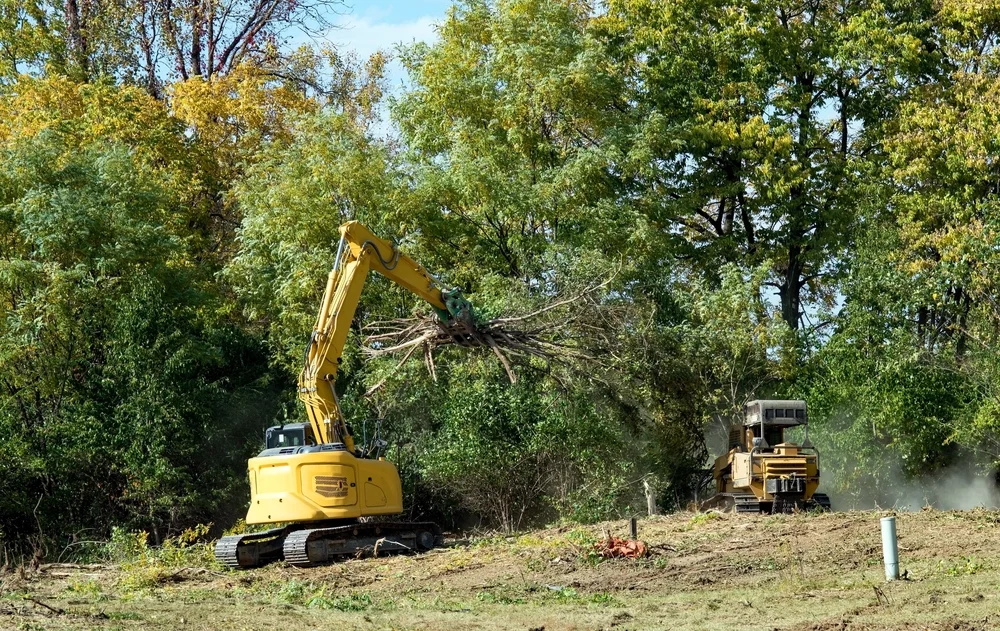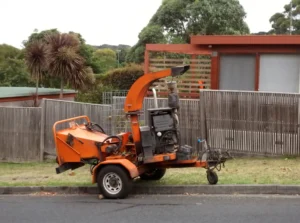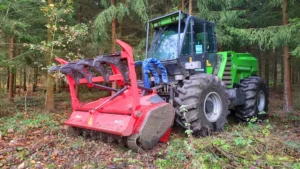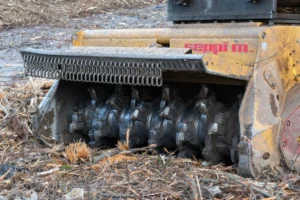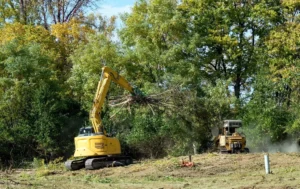Forestry production is a long window activity with variable stems, abrasive dust, uneven ground, and strict finish expectations, and a mulcher that truly delivers high output does more than spin fast because it must hold speed under a steady bite, recover cleanly after shock, stay cool in fiber heavy air, and keep crews moving with service that fits between passes. The aim here is to turn broad talk about forestry mulcher needs into specific requirements you can see on the iron and feel in the cut, so you can choose hardware and routines that keep production steady across species, soil, slope, and season without trading uptime for momentary speed.
Power, cooling, and uptime for long windows
Forestry days are built on continuity, long corridors, big blocks, and limited chances to stop, which means your head and carrier must move power without living near reliefs, shed heat through clean airflow, and let operators verify health in minutes. Think about the full chain from pump to teeth because drive choice, circuit layout, and cooling path all decide whether the machine still feels the same after lunch as it did on the first row.
Drive, cooling, and circuit sizing
The way power moves from carrier to rotor changes how the head behaves when bite depth varies and when shock arrives, so compare belt, direct, and gearbox paths with an eye on torque, speed stability, and heat. For a clear picture of how each architecture trades response, protection, and service demands, read the field comparison on key differences in drive systems, then match your choice to the corridors and stand types you cut most often rather than to the loudest claim on a page.
Daily setup routines that prevent heat soak
Even a perfectly matched system will run hot if simple checks are skipped, so standardize a five minute warm oil routine that verifies pressure at the test ports, confirms case drain behavior, and resets belt tension or gearbox oil where relevant. The steps are short when they are familiar, and crews can follow them without slowing production if you adapt the sequence from the practical pre operation checks and keep the readings visible in the cab so trends never surprise anyone.
Quick field checklist for high output forestry
A short checklist keeps focus on what matters, because small drifts in tension, airflow, or pressure become long hot afternoons if no one catches them in time.
Use this as a baseline, then adjust it for your carrier and head so it matches the way your team actually works.
- warm to operating temperature, record idle and working pressures, and note ambient air to give context
- clean screens and coolers once, then recheck temperatures to confirm airflow is actually restored
- look for dust tracks inside guards that hint at slip, check belt tension or gearbox plugs, and document any change
This list pays back when it is written down and repeated, and tying it to your maintenance checklists turns a good afternoon habit into a season long uptime advantage that operators can own without extra supervision.
Cutting head, tooth choices, and finish quality
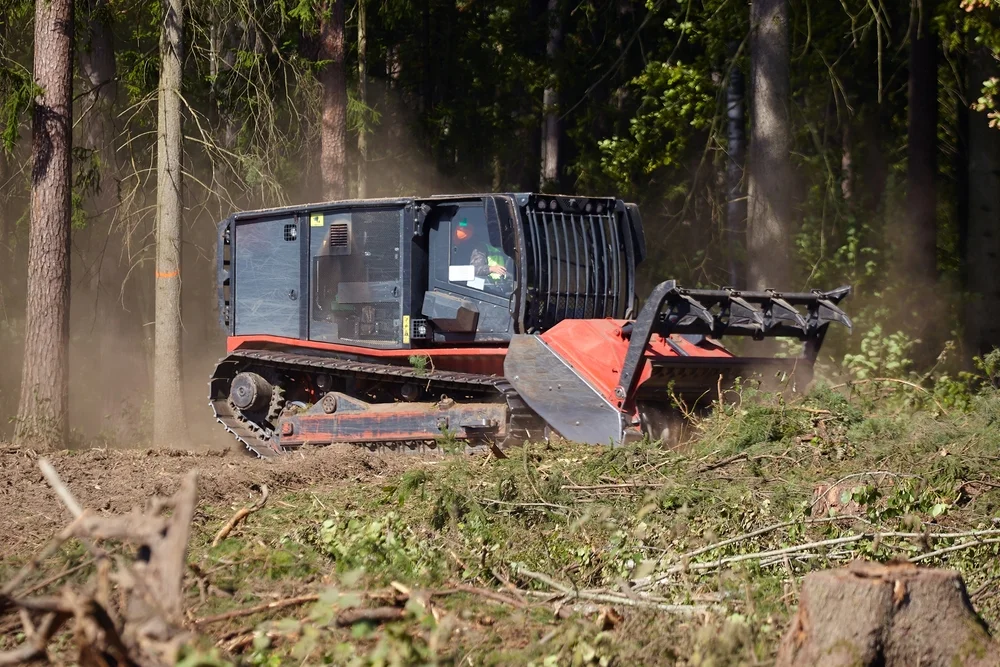
Forestry buyers do not pay for noise and dust, they pay for consistent chip size, controlled throw, and a finish that meets the brief at the edge of a block, which means the head must carry the right teeth, hold them at the right angle, and keep discharge down rather than out. Match tooth and attachment to species and soil first, then tune pattern and feed so operators do not fight the machine for a clean row.
Match tooth and attachment to species and soil
A single tooth pattern rarely wins across hardwood regrowth, resinous softwood, and dirty understory, and what looks fast in clean wood can turn into heat and vibration when grit or rock enters the cut. Ground your choice in the mix you actually cut and in the finish the forester expects, and use the practical tradeoffs in choosing the right attachment to decide where carbide, sharp steel, or mixed patterns make you money rather than just making chips.
Feed pattern and chip control at scale
Operators who hold a steady bite and avoid crowding the door keep chips down and temperature in range, and that discipline is what makes a high output day repeatable rather than heroic. If your teams work long spans, align training with the tactics in strategic cutting patterns so approach angles, overlap, and return paths are consistent, then use on board temperatures and simple logs to show how pattern changes affect heat and production through the afternoon.
Edge management and public interfaces
Edges near roads, trails, or water ask for controlled discharge and predictable behavior because a perfect block can still fail if throw is wild or if guards do not latch, and crews need a routine that checks curtains, doors, and sightlines without slowing the row.
- confirm door latch function, curtain coverage, and deflector shape before the first pass at each edge
- set feed so chips fall down, not out, and shorten the bite when wind or slope raises throw risk
- keep wipers and lights clean so visibility stays honest when dust builds and sun drops low
This is not only about safety and public confidence, it is about productivity, because chips that go down do not blast seals or glass and operators who can actually see will keep the head in the cut longer.
Terrain, seasons, and support readiness
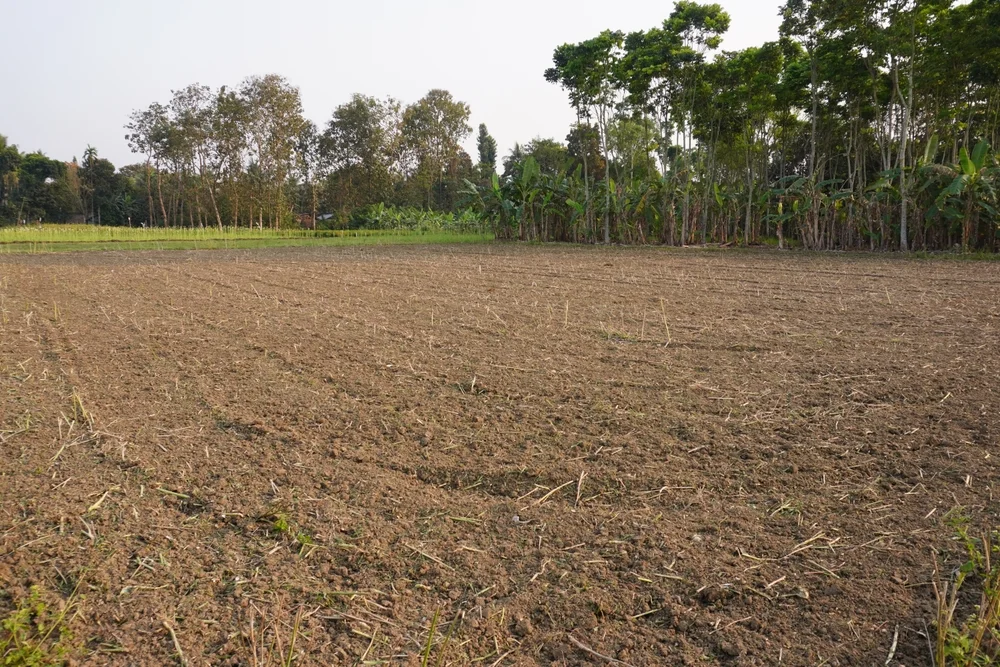
High output in forestry means being ready for the ground that shows up and for the weather that arrives in the same day, rock, slope, frost, and dust, and it also means parts and books that turn a short stop into a short stop. Plan for recovery, not perfection, because heads that are easy to clear, inspect, and reset are the ones that finish the window.
Rock and slope readiness
Rock contact and uneven ground push shock into the drive and invite wire and vines to walk into seals, so pair predictable fuses with strong end protection and give operators sight lines and safe spin checks that make quick inspections automatic. Before you commit a head to a rocky block, review the behaviors and tradeoffs in the guide to rocky or uneven terrain and set a simple rule for when to thin the bite and when to pause for a fast cleanout so balance and bearing health stay intact.
Cold starts, heat, and debris days
Seasonal shifts change oil behavior and debris patterns, cold mornings hide cavitation while hot afternoons bake fibers onto warm cores, so adapt routines to the day rather than repeating a summer plan in winter.
The following reminders keep small problems from turning into lost hours.
- extend warmup until pressures stabilize, then check case drain before the first cut, not after the first fault
- use reversible fans proactively on fiber heavy species, and schedule one midday cleanout when air is dry and dusty
- watch trend temperatures rather than single numbers, and slow or clean when rise rate jumps after a pass
For specifics on cold behavior, seals, and power loss, share the cold weather guide on winter performance tips with crews, then post your local thresholds in the cab so decisions are clear when time is tight.
Parts, documentation, and escalation path
Even the best head needs torque values, fluid tables, and someone who answers when the field calls, so keep real diagrams on hand, stock the wear parts you know you will need, and set an escalation path that turns symptoms into fixes without guesswork.
“High output is what happens when simple checks become habit, if crews can reach it, read it, and reset it in minutes, production looks easy.”
Daniel Reyes, Area Operations Lead
If you want help mapping these requirements to your carrier and stand mix, you can talk to an expert and we will tailor a simple commissioning sheet and a parts list that match your season plan.
